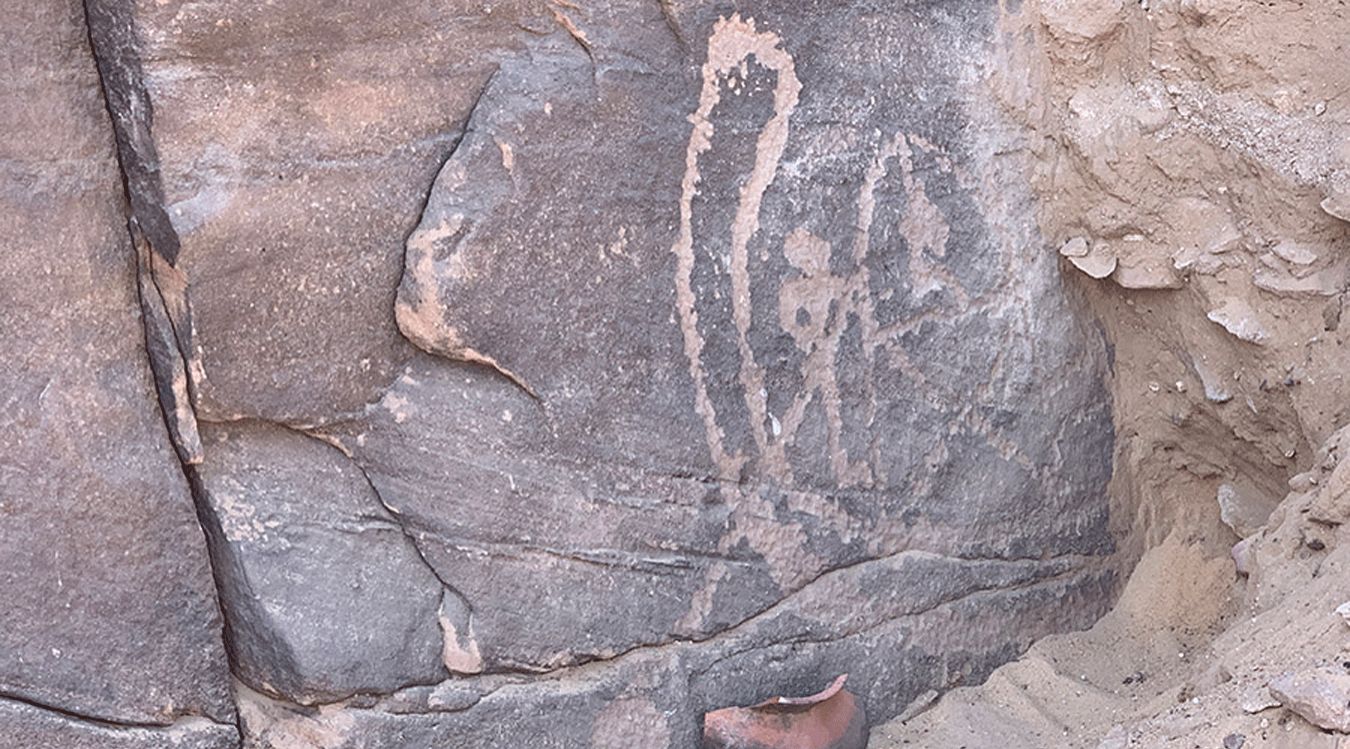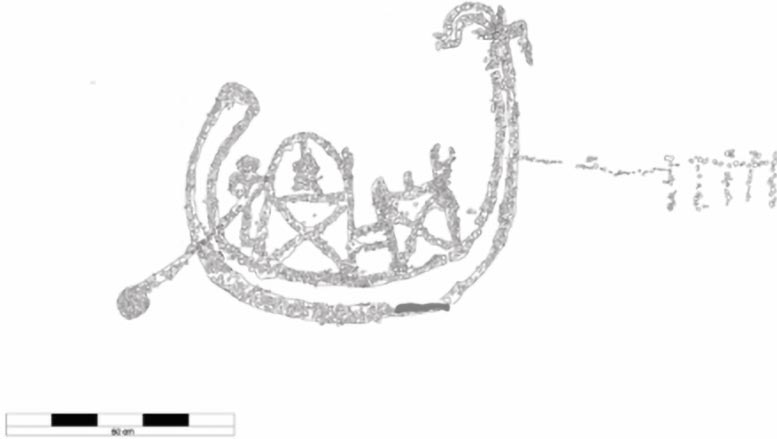Follow us on Google News (click on ☆)
This scene dates back to a very ancient time, even before the pharaohs, when the first forms of central power were beginning to emerge. The style of the engraving and the way the figures are depicted suggest a possible political significance.

One figure appears to be seated on a higher platform, a common sign in representations of powerful people. According to specialists, this engraving may have been commissioned by a local leader to assert his authority. It was probably not intended for the general public, but rather to show the high status of its patron.
At the end of the 4th millennium BCE, Egypt underwent a period of profound changes. Several regions gradually unified, eventually forming a single kingdom under the reign of Narmer around 3100 BCE.
Comparisons with other ancient artworks help date this engraving. It appears to originate from a period close to the creation of the first Egyptian state. An important detail is the elongated chin shape of one of the figures, reminiscent of the false beards of future pharaohs.

Illustration of the discovered engraving.
Credit: Dorian Vanhulle, AKAP
This discovery shows that art was already being used to display power. It also highlights the importance of preserving these ancient engravings, often threatened by erosion or human activity.
Why are boats so important in Egyptian art?
Boats are very prominent in images from ancient Egypt. They weren't just used for transportation on the Nile: they also held symbolic value.
In religion, the boat represented the journey to the afterlife. In politics, it could symbolize control of the river, trade, and wealth. Depicting a boat in an engraving was a way to display one's power.
These scenes could also mark important locations, such as routes or territories. They show how the first Egyptian leaders used imagery to assert their authority.